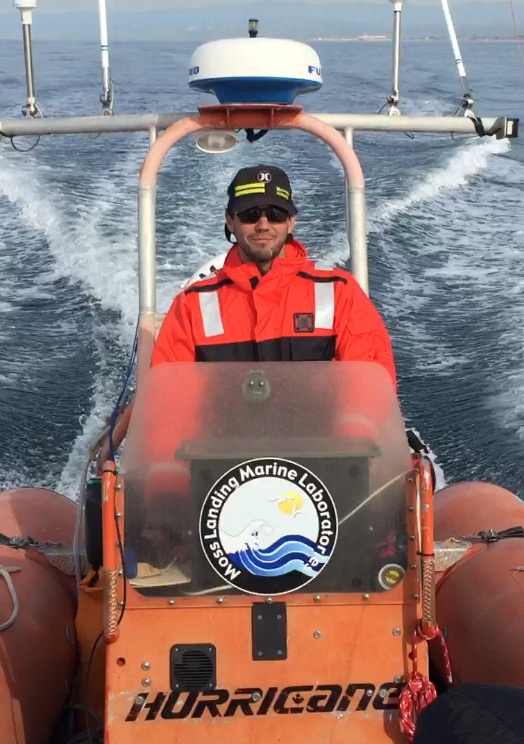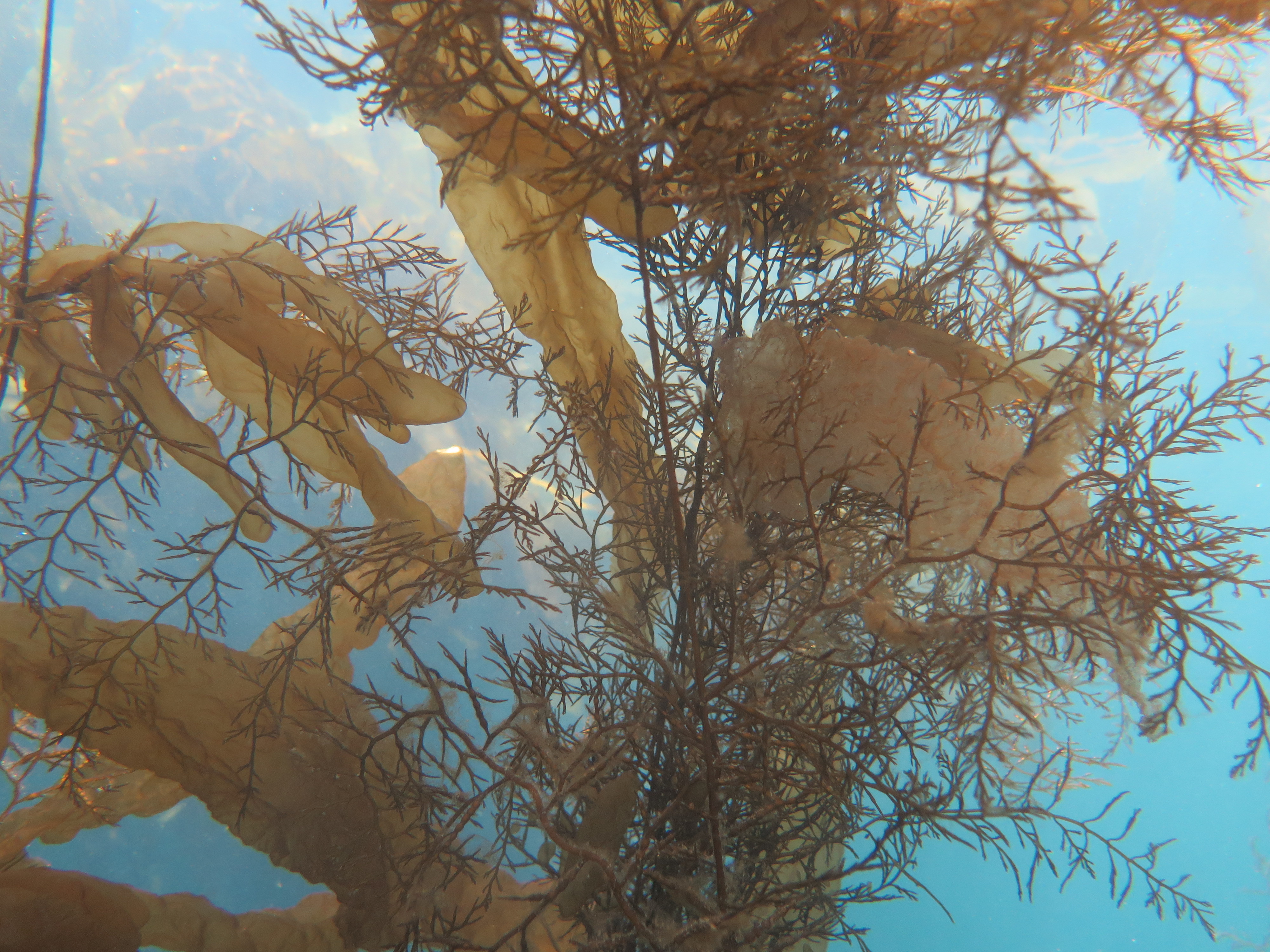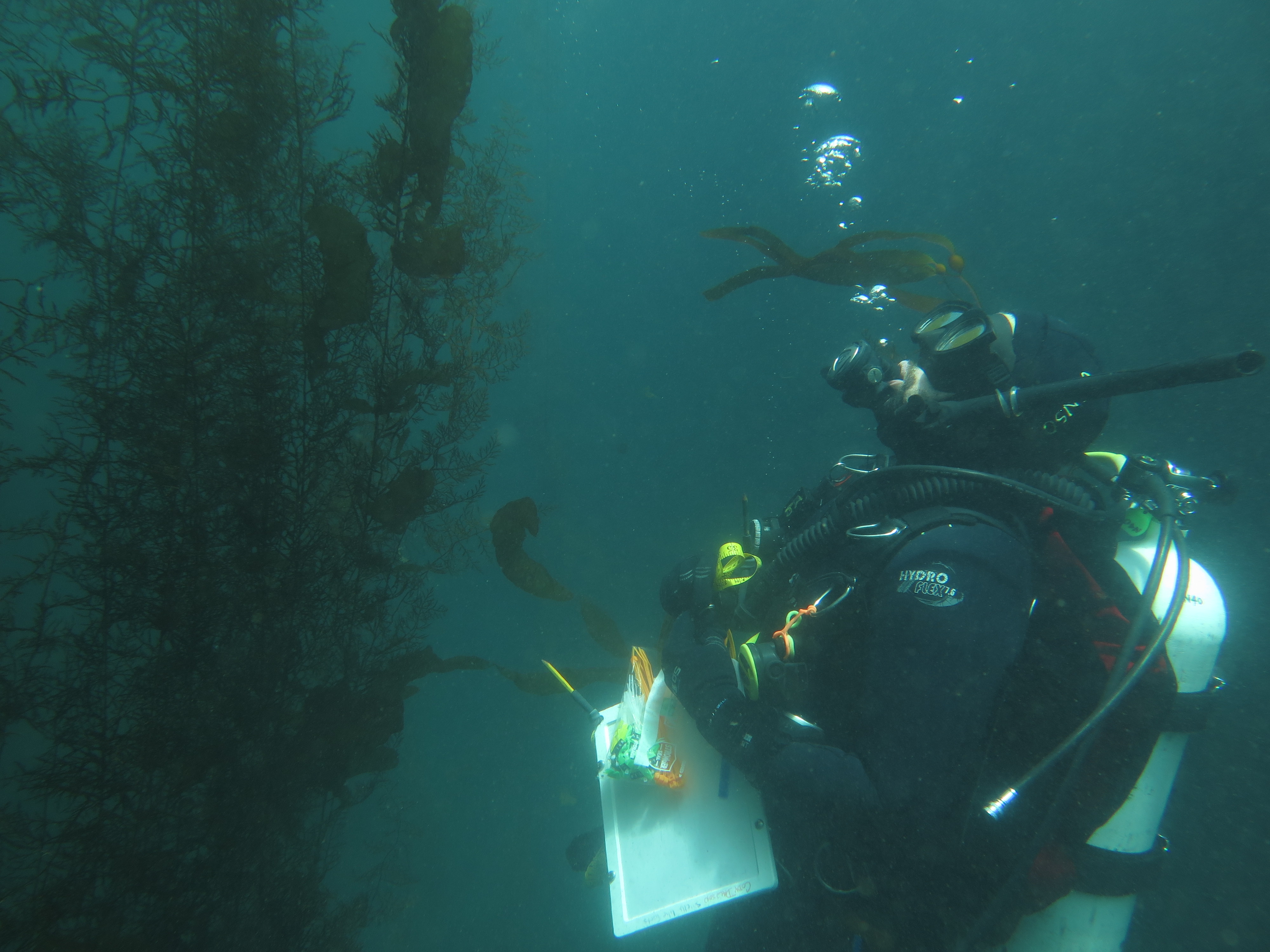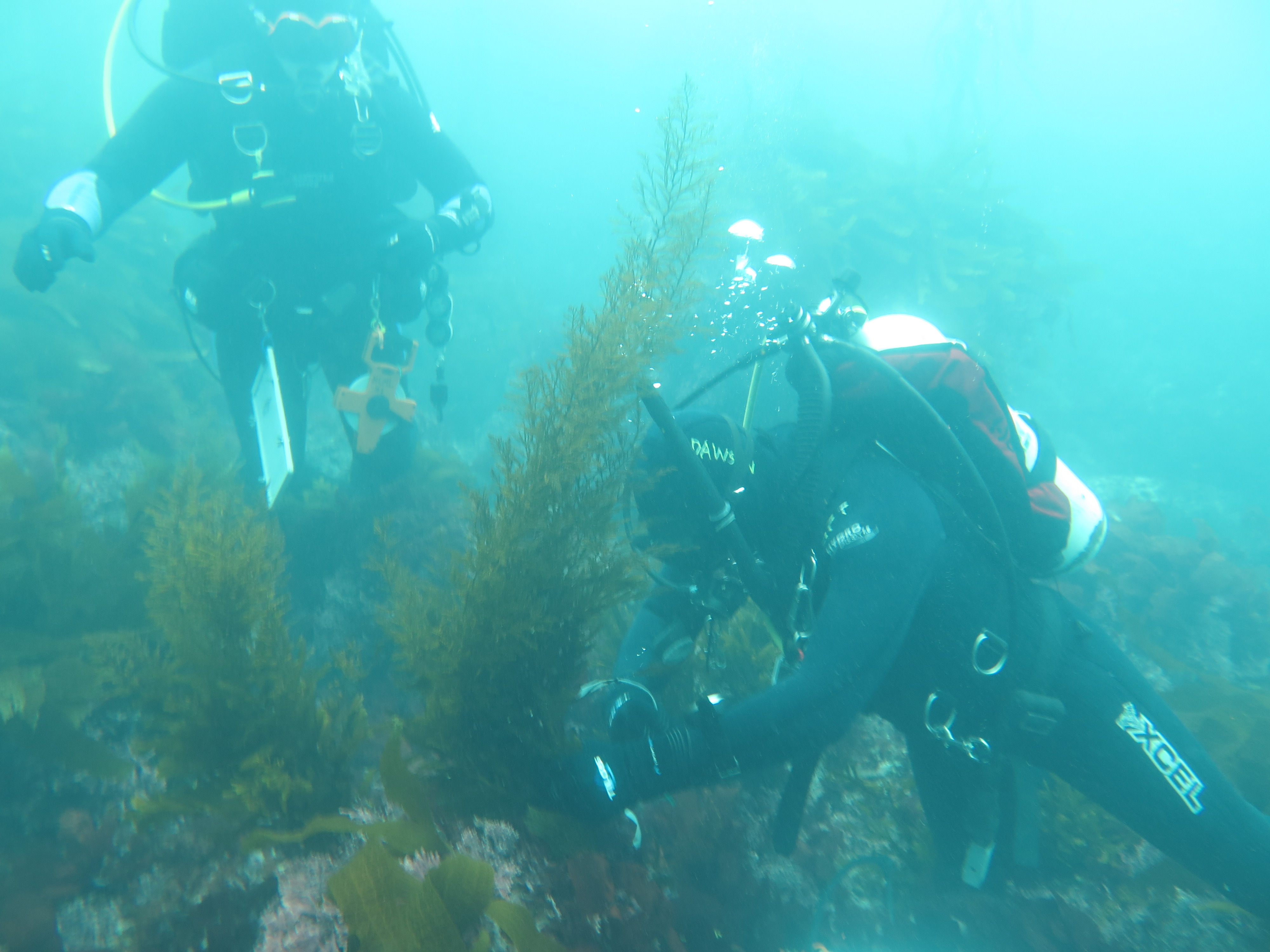Effects Of Hypoxia on the behavior and physiology of juvenile state temperate reef fishes (genus: Sebastes)
A Thesis Defense by Evan Mattiasen
Wednesday, June 6th, 2018 at 4pm
MLML Seminar Room
Thesis Abstract:
The progression of climate change is predicted to cause large-scale changes to ocean chemistry (i.e., shifts in temperatures, salinity, ocean acidification, etc.) within the California Current. Forecasts from climate models and oceanographic observations indicate an increase in the frequency and duration of hypoxic events in the coastal zone, which have the potential to affect marine biodiversity and fisheries. Many studies have shown that exposure to extreme low dissolved oxygen (pO2) conditions can have deleterious effects on fish in early life stages, such as inhibition to growth and reproduction. Rockfish (Sebastes spp.) are a diverse group of species composed of fishes with varying life history characteristics. This study aims to determine how exposure of two species of young-of-the-year (YOY) juvenile rockfishes will perform under chronic exposure to varying dissolved oxygen levels. Copper rockfish (Sebastes caurinus) and Blue rockfish (Sebastes mystinus) are two closely related species that differ in early life history traits. Copper rockfish have a short pelagic duration that begins with parturition in the spring and ends with recruitment to the kelp forest canopy after 1-2 months. Blue rockfish have a longer pelagic duration that begins in the winter and ends with recruitment to the benthic kelp forest habitat after 3-6 months. I compared how behavior and physiology were affected under chronic exposure to low pO2 at four treatment levels (ambient = 9.0 mg O2 L-1, moderate = 6.0 mg O2 L-1, low = 4.0 mg O2 L-1, hypoxic = 2.0 mg O2 L-1). Behavioral tests were aimed at identifying changes in exploratory behavior (i.e., escape response trial), predator detection through olfactory perception (i.e., olfactory choice test), and changes in turning preference (i.e., behavioral lateralization). Physiological tests focused on determining changes in hypoxia tolerance (critical oxygen tension, pCrit), the capacity for aerobic activity (i.e., aerobic scope), and ventilation rates. Changes in growth rates of both species were also measured. The findings of this study indicate that both species express sensitivity to low pO2; however, the strength of the response differed between species. Copper rockfish exhibited decreased growth rates and reduced absolute lateralization following chronic exposure to the lowest oxygen levels. Behavioral tests did not differ with treatment for blue rockfish. Additionally, growth rates for Blue rockfish followed the opposite trend of Copper rockfish where individuals in the lowest oxygen treatment grew more than those in the control treatment. Both species exhibited decreases in aerobic scope and increases in ventilation rates with decreasing oxygen levels. Copper rockfish had a lower tolerance of hypoxia and weaker acclimation response compared to Blue rockfish as measured by critical oxygen tension threshold (pCrit). A lower pCrit for fish exposed to low oxygen conditions indicates the potential for acclimation to those conditions. Despite the physiological changes that occurred for both species in low oxygen conditions, these results provide evidence of acclimation to chronic hypoxia. Species with a greater capacity for acclimatization are potentially those with life history characteristics where larvae/juveniles have a higher probability of exposure to low oxygen conditions, leading to either acclimatization in the field or pre-adaptation to hypoxia over multiple generations. The differences expressed by each species suggest that acclimatization to changing ocean conditions may vary across closely related species, leading to winners and losers under future ocean conditions. Overall, increases in strength and frequency of coastal hypoxia events may have severe impacts on juvenile stage rockfishes that reside in kelp forests. While this study highlights adaptations to low oxygen, extended exposure to hypoxia decreased fitness of individuals through metabolic and aerobic depression, and changes to behavior. The information gathered in this study is critical for advancing the understanding of how these economically valuable species will fair in the future, and the information presented here will help inform policy makers to protect populations at risk.






